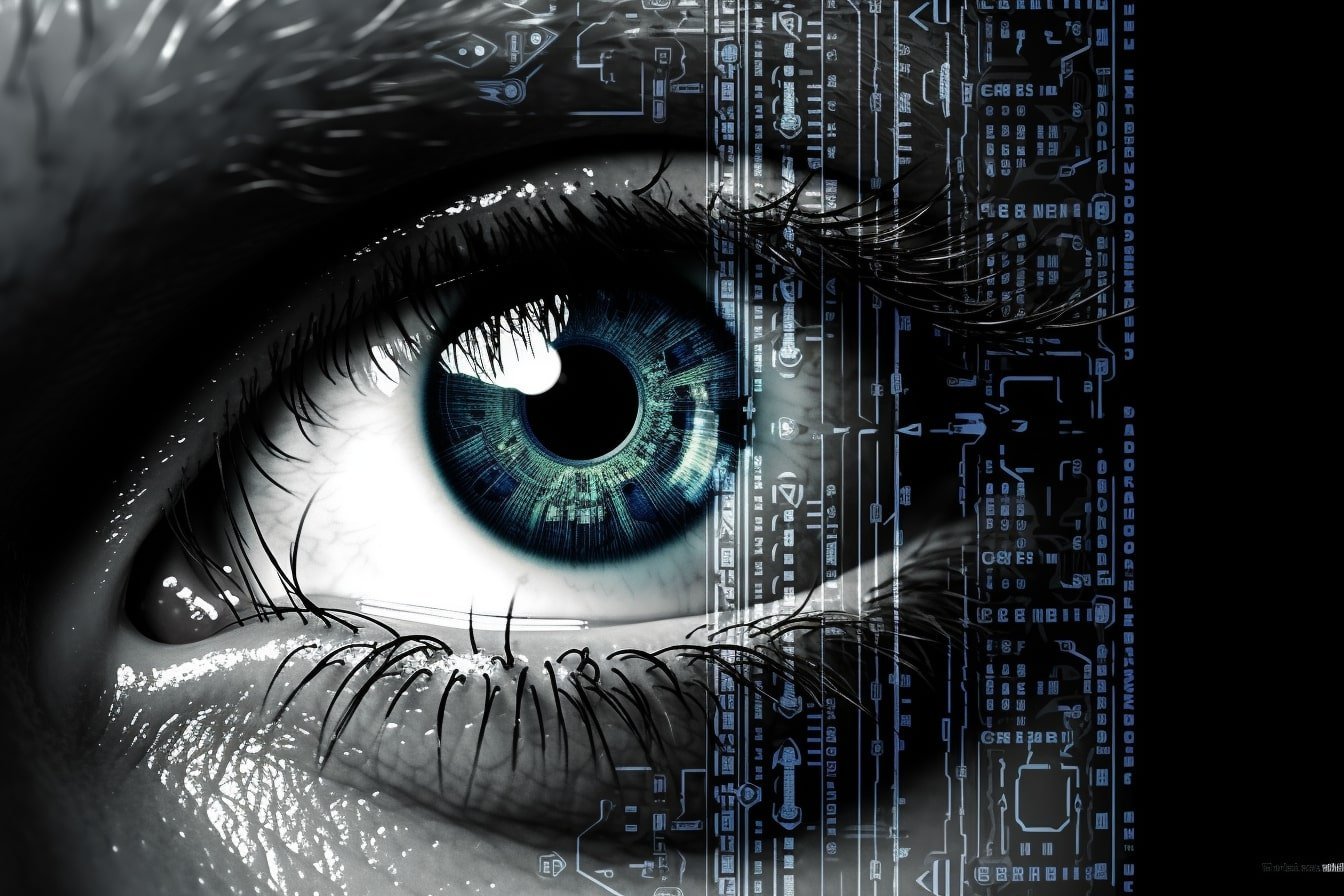With your risk of Parkinsons post stroke, does your doctor have enough functioning brain cells to get this into a testing protocol for all stroke patients?
Parkinson’s Disease May Have Link to Stroke March 2017
Do you prefer your doctor incompetence in this NOT KNOWING? OR NOT DOING?
Eye Scans Detect Parkinson’s Years Before Symptoms Surface
Summary: A new study identified markers in eye scans which can detect the presence of Parkinson’s disease an average of seven years before clinical presentation. This research, the largest of its kind, utilized artificial intelligence to analyze retinal imaging, revealing these early indicators of Parkinson’s.
The innovative field of “oculomics” has previously unveiled signs of various neurodegenerative conditions through eye scans. This development brings hope for early intervention and prevention of the debilitating disease.
Key Facts:
- Retinal imaging detected Parkinson’s disease markers seven years before clinical symptoms.
- The study used AI to analyze the AlzEye dataset and confirmed findings with the UK Biobank database.
- This “oculomics” technique has previously identified early signs of Alzheimer’s, multiple sclerosis, and schizophrenia.
Source: UCL
Markers that indicate the presence of Parkinson’s disease in patients on average seven years before clinical presentation have been identified by a UCL and Moorfields Eye Hospital research team.
This is the first time anyone has shown these findings several years before diagnosis, and these results were made possible by the largest study to date on retinal imaging in Parkinson’s disease.

The study, published today in Neurology, identified markers of Parkinson’s in eye scans with the help of artificial intelligence (AI).
No comments:
Post a Comment